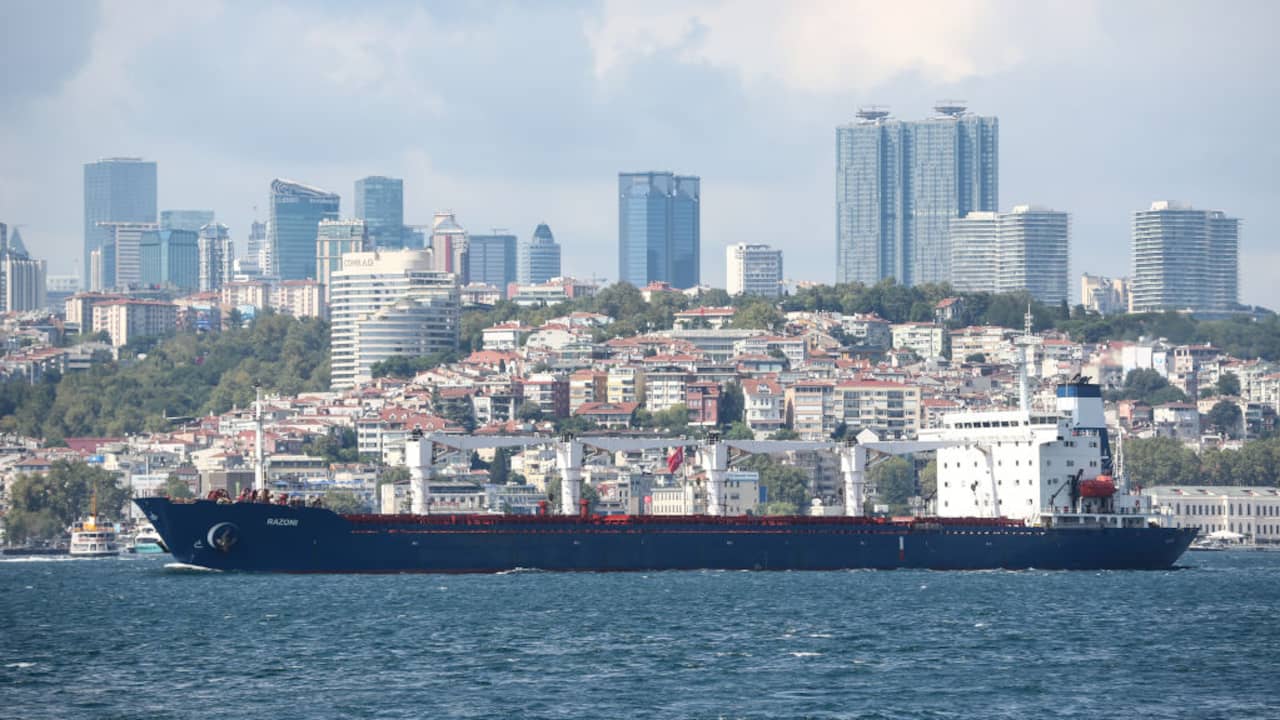NASA and other scientists have conducted a series of experiments in space. But some are judged to be useless.
International Space Station or ISS. (NASA)
Hitekno.com – It turns out that there are several experiment in space what has been done scientist. But there are some that seem useless.
Space is indeed full of many interesting things to learn. Until now scientists are still trying to explore outer space. This also encourages the emergence of various experiment related to outer space.
Many probes and astronauts go into space to conduct experiments in an effort to understand the universe and the earth. Some of these experiments may prove useful.
However, there are also some experiments that seem useless in aiding space exploration. Even so, scientists are still passionate about doing it for the sake of knowledge.
Curious what kind of experiments turned out to be useless? Here the HiTekno.com team summarizes experiments in outer space that seem pointless from ListverseMonday (8/8/2022).
1. Roses with Different Scents
In 1998, NASA partnered with International Flavors and Fragrances (IFF) to study the impact of microgravity on rose scents.
They want to develop a unique new perfume. As it turned out, placing roses into microgravity changed the amount of essential oil the roses produced. Rose essential oil carries a floral scent.
When the rose was tested in space, it produced less oil, which completely changed the scent of the rose. IFF decided to create a new perfume called “Zen” by Shiseido Cosmetics using the findings of this experiment. After sending roses into space, IFF can only imagine IFF’s R&D bill.
2. The Little Silver Lining Tragedy
In 2003, the space shuttle Columbia exploded on re-entry, killing the entire crew. While clearing the debris, the crew came across a salvaged experiment that contained nematode worms.
The survival of the worm is an important discovery because it shows that living things can survive when they land on other planets without being protected by ships.
Even today, nematode worms are being sent to the International Space Station for further experiments and observations.
3. Twin Study
NASA has studied astronaut Mark Kelly and his identical twin brother Scott. Scott was sent to the International Space Station to spend nearly a full year in microgravity.
And while Scott was floating, Mark was here on earth completing the same experiment, so the 84 researchers who worked on this experiment could see how much influence microgravity has on the human body.
Not surprisingly, since our bodies were developed to handle gravity and the conditions of the earth, there have been many changes in Scott. Some of those changes include:
- Decreased body mass
- The shape of the eyes changes
- Overactive immune system
- Changes in the chromosomes
Once Scott returned to earth, most of his body recovered. Scientists hope to help humans cope with stress through this research, but no results have been released to the public.
4. Growing Crops in Space
Anyone who has seen the film The Martian, starring Matt Damon, understands the importance of this experimental theory. If we want to colonize Mars, we must be able to grow our own food.
So far, scientists haven’t grown much except for a few varieties of lettuce, cabbage, kale, and flowers.
5. The Water Wall Experiment
The Wall of Water Experiment was designed to study how water behaves in microgravity. It involves using a system of “pockets” filled with water to create a wall of water that astronauts can use for various purposes.
If successful, it would reduce the mechanical and technical equipment required for today’s life support systems. The only mechanical part in the water wall is the water pump to move water to where it is needed.
6. The Mighty Mouse Is Not Fiction Anymore

Any experiment that begins with genetically modified “rats” will attract the attention of almost anyone. The rats in the experiment were mutated to have twice the muscle mass of normal mice.
The point of this experiment was to see what effect microgravity had on muscle loss and bone mass.
The result was that during 33 days in space, the genetically superior mice did not lose their muscle or bone mass. At the same time, ordinary mice lose about 18% of them in the same time.
Scientists hope that with these results, they may be able to help people on Earth and astronauts who have to deal with muscle loss either due to disease or low gravity.
7. Fire Trial
One of the worst things that can happen on a spacecraft is a fire, as it can quickly spread and destroy vital support systems.
NASA’s plan to avoid the disaster was to burn the International Space Station (ISS) safely. The project is named SoFIE, which stands for Solid Fuel Ignition and Extinction.
The SoFIE experiments will be conducted on the ISS combustion rack. Scientists hope to study how fire spreads and acts with different materials while in low gravity, with the ultimate goal of establishing colonies on the moon and Mars with minimal fire risk.
That’s seven experiments in space that seemed pointless, but scientists did anyway.
Contributor: Pasha Aiga Wilkins
–


